Succinate Dehydrogenase (SDH) Activity Assay Kit
Note: Take two or three different samples for prediction before test.
Detection equipment: Spectrophotometer
Cat No: BC0950
Size: 50T/48S
Components
Reagent I: 60 mL×1, store at -20℃. Reagent II: 0.6 mL×1, store at -20℃. Reagent III: 5 mL×1, store at 4℃.
Reagent IV: Powder×1, store at 4℃. When the solution will be used, add it into Reagent III to dissolve for use.
Reagent V: Powder×1, store at 4℃. Add 4 mL of distilled water when the solution will be used, the unused reagents are stored at 4℃.
Reagent VI: Powder×1, store at -20℃. Add 3.333 mL of distilled water when the solution will be used, the unused reagents are stored at 4℃.
Description
Succinate Dehydrogenase (SDH, EC 1.3.5.1) is widely found in animals, plants, microorganisms and cultured cells. SDH is a marker enzyme of mitochondria, which is a membrane binding enzyme located in the inner membrane of mitochondria. It is also one of the key points of respiratory electron transfer and oxidative phosphorylation. In addition, it provides electrons for the respiratory chain of various prokaryotic cells.
SDH can catalyze the dehydrogenation of succinic acid to fumaric acid. The dehydrogenation can reduce 2,6-dichlorophenol indophenol (DCPIP) under the transfer of phenazine dimethyl sulfate (PMS). 2,6- DCPIP has a characteristic absorption peak at 600 nm. The reduction rate of 2,6-DCPIP is determined by the change of absorbance at 600 nm, which represents the activity of SDH enzyme.
Required but not provided
Spectrophotometer, water-bath, tabletop centrifuge, adjustable pipette, mortar/homogenizer, 1 mL glass cuvette, ice and distilled water.
Protocol
I. Extraction of SDH:
Accurately weigh 0.1 g of tissue or collect 5 million cells, add 1 mL of Reagent I and 10 μL of Reagent II, homogenize by using homogenizer/mortar in ice bath, fully grind, centrifuge at 11000 ×g for 10 minutes at 4℃, take the supernatant and place it on ice for testing.
II. Procedure
- Preheat spectrophotometer for 30 minutes, adjust wavelength to 600 nm and set zero with distilled water.
- Procedure test
| Reagent name (μL) | Test tube (T) | Black tube (B) |
| Reagent III | 60 | 60 |
| Reagent V | 60 | 60 |
| Distilled water | 800 | 800 |
| Keep warm at 25℃(general species) or 37℃(mammals) water bath for 10 minutes. | ||
| Sample | 30 | – |
| Distilled water | – | 30 |
| Reagent VI | 30 | 30 |
Add each reagent to 1 mL glass cuvette in turn, and start timing at the same time of adding Reagent VI, record the initial absorbance A1 at the wavelength of 600 nm for 20 seconds. Then put the cuvette together with the reaction solution into a water bath of 37℃ (mammal) or 25℃ (other species), and accurate reaction for 1 minute. Quickly take out the cuvette and dry it, and record the absorbance A2 at 80 seconds at 600 nm. ΔA = A1-A2, obtain ΔAT, ΔAB.
III. Calculation of SDH activity
Calculation formula for determination with 1 mL glass cuvette.
- Protein concentration
Unit definition: One unit of enzyme activity is defined as the amount of enzyme catalyzes the consumed of 1 nmol of 2,6-dichlorophenol indophenol per minute in the reaction system every milligram tissue protein.
SDH(U/mg prot)=[(ΔAT-ΔAB)÷(ε×d)×VRV×109]÷(Cpr×VS) ÷T=1555.556×(ΔAT-ΔAB)÷Cpr
- Sample weight
Unit definition: One unit of enzyme activity is defined as the amount of enzyme catalyzes the consumed of 1 nmol of 2,6-dichlorophenol indophenol per minute in the reaction system every gram tissue.
SDH(U/g)=[(ΔAT-ΔAB)÷(ε×d)×VRV×109]÷(VS÷VST×W) ÷T=1571.111×(ΔAT-ΔAB)÷W
- Germ or cells
Unit definition: One unit of enzyme activity is defined as the amount of enzyme catalyzes the consumed of 1 nmol of 2,6-dichlorophenol indophenol per minute in the reaction system every 10 thousand germ or cells.
SDH(U/104 cell)=[(ΔAT-ΔAB)÷(ε×d)×VRV×109]÷(VS÷VST×500) ÷T
=3.142×(ΔAT-ΔAB)
VRT: Total reaction volume, 0.98×10-3 L;
ε: The molar extinction coefficient of 2,6-DCPIP, 2.1×104 L/mol/cm; d: The light diameter of cuvette, 1 cm;
Vs: Sample volume, 0.03 mL;
VST: Add the volume of Reagent I and Reagent II, 1.01 mL; T: Reaction time(min), 1 minute;
Cpr: Sample protein concentration, mg/mL; W: Sample weight, g;
500: Cells or germ, 5 million.
Note
- All reagents and samples shall be placed on ice during the determination to avoid denaturation and deactivation.
- If ΔA is greater than 0.5, the enzyme solution should be diluted with enzyme extract to obtain ΔA with less than 0.5, which can improve the detection sensitivity.
- Because the Extract solution contains a certain concentration of protein (about 1 mg/mL), it is necessary to subtract the protein content of the Extract solution itself when determining the protein concentration of the sample.
Experimental example:
- Take 0.1g of kidney, add 1 mL of Reagent Ⅰ and 10 μL Reagent Ⅱ, grind the homogenate with ice bath, centrifuge at 4℃ and 11000g for 10 min, and place the supernatant on ice. According to the determination procedure, the enzyme activity is calculated as follows: ΔAT= A1T- A2T=0.82-0.681=0.139, ΔAB= A1B- A2B=905-0.904=0.001
SDH activity (U/g mass) = 961.905×(ΔAT- ΔAB) ÷ W =2168.13 U/g mass.
References
- Fattoretti P, Bertoni-Freddari C, Caselli U, et al. Impaired succinic dehydrogenase activity of rat Purkinje cell mitochondria during aging[J]. Mechanisms of aging and development, 1998, 101(1-2): 175- 182.
Related Products
BC0710/BC0715 α-Ketoglutarate Dehydrogenase(α-KGDH) Activity Assay Kit
BC2150/BC2155 Citric Acid(CA) Content Assay Kit
BC0380/BC0385 Pyruvate Dehydrogenase(PDH) Activity Assay Kit
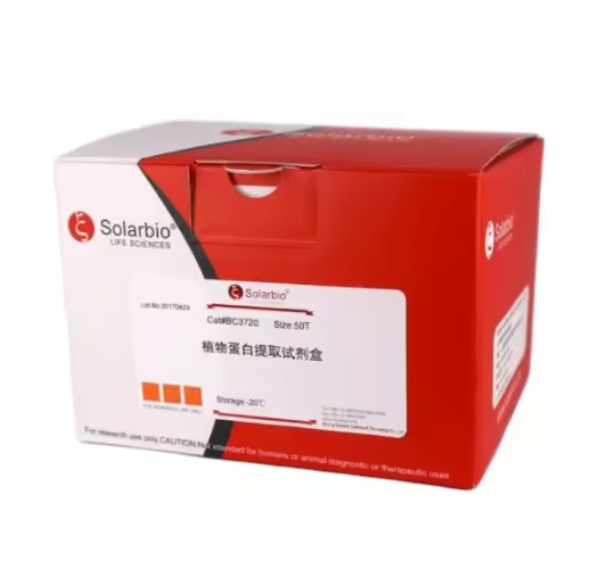
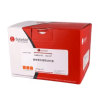
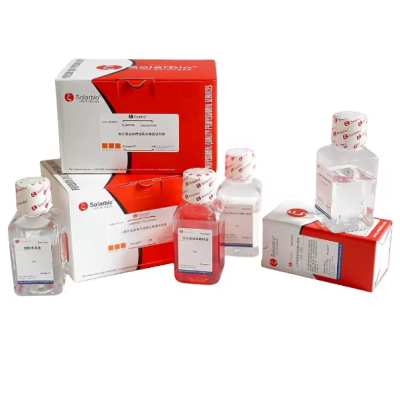
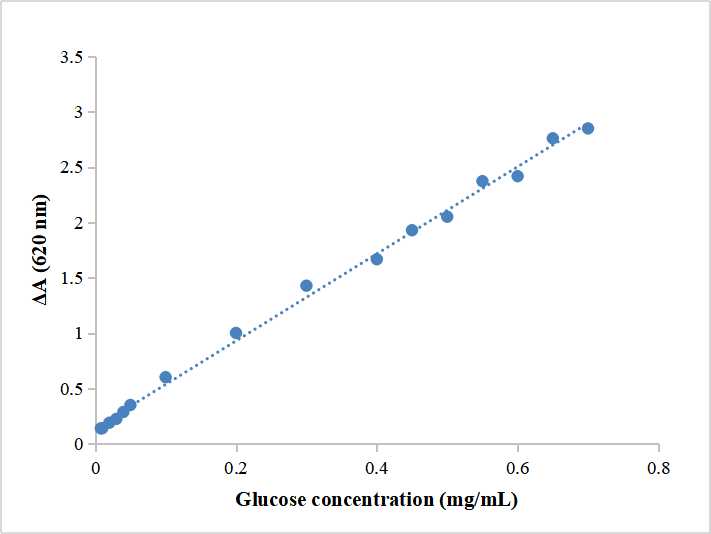
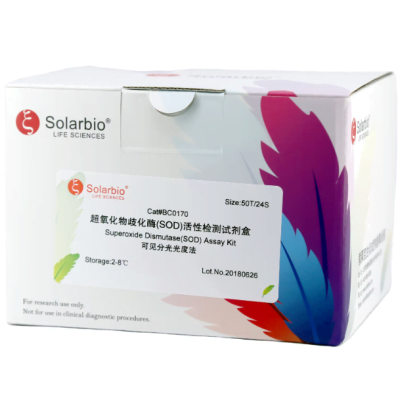
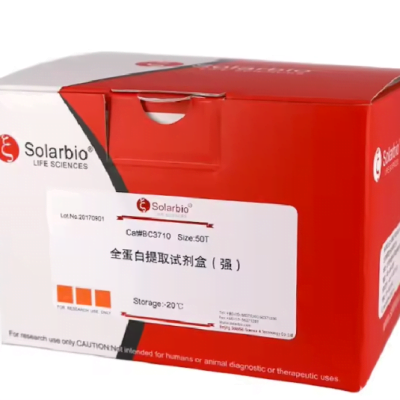
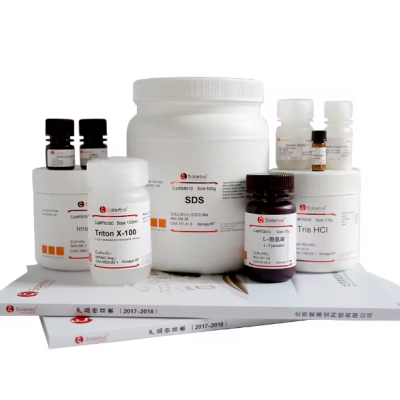
Reviews
There are no reviews yet.